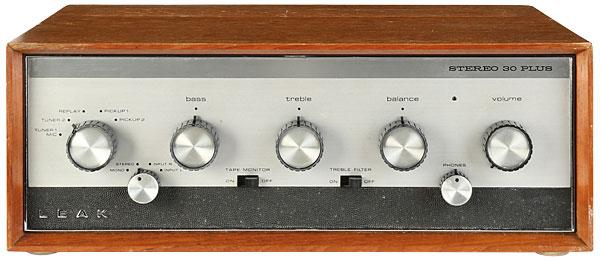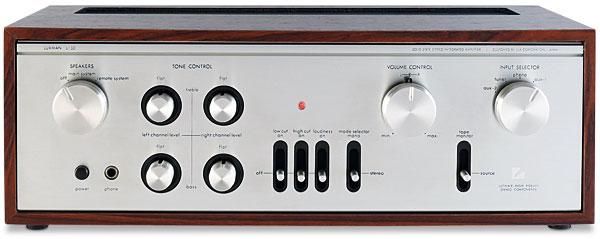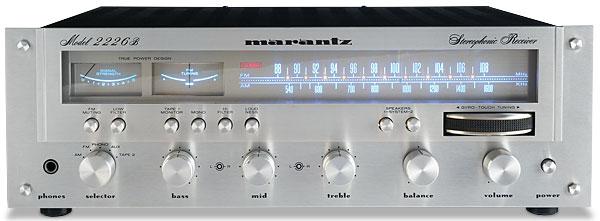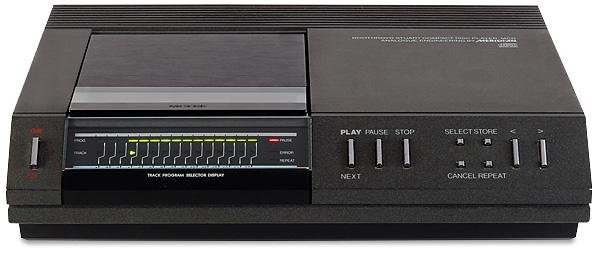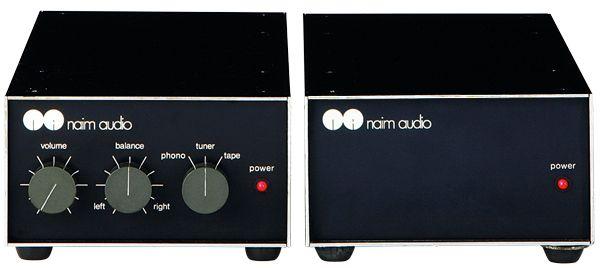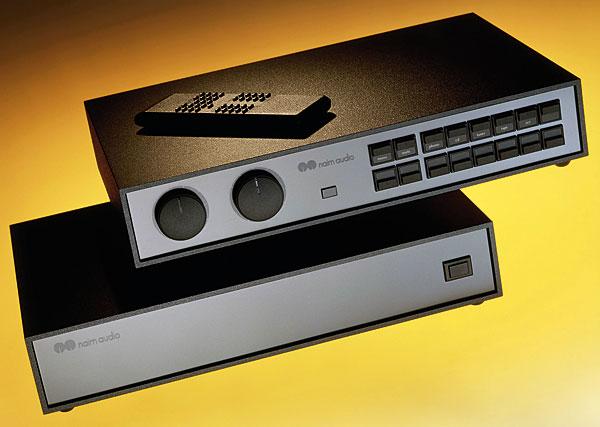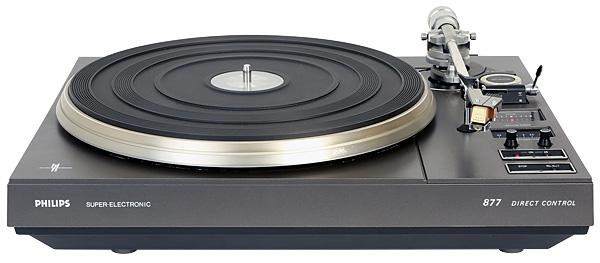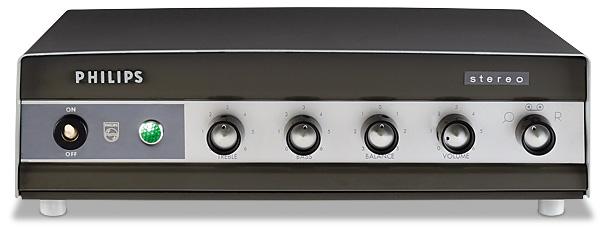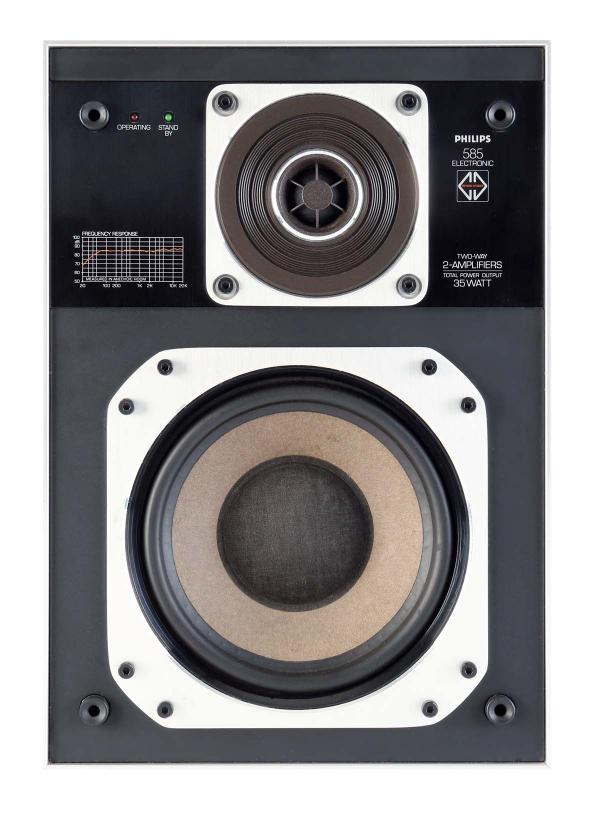Vintage
Sort By: Post DateTitle Publish Date
|
Dec 22, 2014
|
Jul 07, 2023 |
First Published: Apr 01, 1993

 Sitting bang in the middle of a six-strong range of loudspeakers, the Cantor III was in production from 1983-85. How does this 'compact two-way system' fare today?
Sitting bang in the middle of a six-strong range of loudspeakers, the Cantor III was in production from 1983-85. How does this 'compact two-way system' fare today?
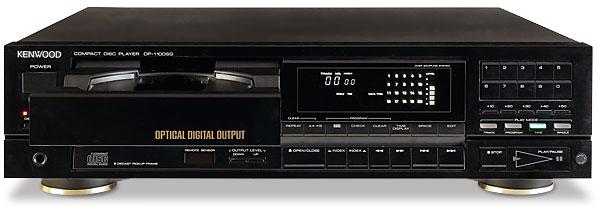
 This late-'80s flagship CD player boasted no shortage of metal for your money while offering 4x oversampling to boot. But with few to be found, is it worth tracking down?
This late-'80s flagship CD player boasted no shortage of metal for your money while offering 4x oversampling to boot. But with few to be found, is it worth tracking down?
